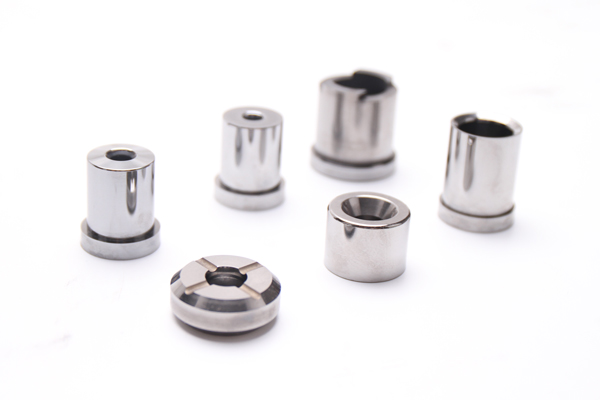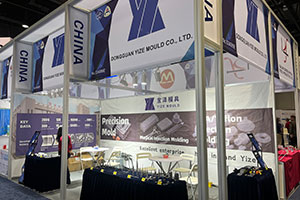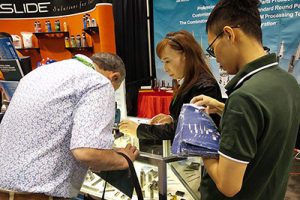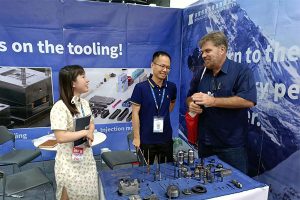Exploring the Hardness of Tungsten Carbide Blades: The Hardcore Code of Industrial Edges
In the grand arena of industrial processing, tools are undeniably the leading actors, and tungsten carbide blades stand out as indispensable “behind-the-scenes heroes” across numerous fields. With their exceptional hardness […]
In the grand arena of industrial processing, tools are undeniably the leading actors, and tungsten carbide blades stand out as indispensable “behind-the-scenes heroes” across numerous fields. With their exceptional hardness and outstanding wear resistance, they play pivotal roles in metal, wood, and stone processing. So, what secrets lie behind the hardness of tungsten carbide blades? This article will offer an in-depth, all-encompassing analysis.
Tungsten Carbide Blades: A Basic Overview of Industrial Edges
Tungsten carbide blades, also known as cemented carbide blades, are high-speed steel tools primarily composed of tungsten carbide and cobalt. Like a well-armored warrior, they boast a range of excellent properties, including high hardness, remarkable wear resistance, and strong heat and corrosion resistance. In the metal processing field, whether it’s turning, milling, or planing, or in wood processing for cutting and carving, or in stone processing for cutting marble and granite, these blades are always hard at work, making them a common and popular “star material” in the cutting processing industry.
Our factory business: carbide parts, mold parts, medical injection molds, precision injection molds, teflon PFA injection molding, PFA tube fittings. email: [email protected],whatsapp:+8613302615729.
Hardness Metrics: The Yardstick for Measuring the Strength of Tungsten Carbide Blades
Hardness is a key indicator for gauging a material’s ability to resist indentation or penetration, and for tungsten carbide blades, it is the core manifestation of their performance. Typically, we use Rockwell hardness (HRC) or Vickers hardness (HV) to precisely describe their hardness. The Rockwell hardness test is like a strict examiner. It applies a specific load to the surface of a sample and measures the size of the resulting indentation to determine the material’s hardness. The higher the numerical value, the harder the material.
The hardness of tungsten carbide blades is not fixed; it is influenced by multiple factors such as carbon content, tungsten content, and cobalt content. The manufacturing process acts like a magical wand, determining their hardness grade. Generally, tungsten carbide blades can achieve a hardness of 60 – 70 HRC or even higher. Such high hardness enables them to remain sharp for an extended period during the cutting process, significantly enhancing processing efficiency and quality.
Hardness Variations: Unlocking the Diverse Performance of Tungsten Carbide Blades
- Below 60 HRC: These low-hardness tungsten carbide blades are relatively easy to manufacture but have relatively poor wear resistance and average cutting ability. They are like novice warriors, better suited for handling relatively simple cutting tasks and gaining experience in easy “battles.”
- 60 – 65 HRC: Blades in this hardness range are like experienced warriors, possessing good cutting performance and relatively high wear resistance. They can handle medium-difficulty cutting tasks with ease, such as slot milling, side milling, and drilling, showcasing their strong capabilities.
- 65 – 70 HRC: High-hardness tungsten carbide blades are akin to highly skilled swordsmen, ideal for high-efficiency and high-difficulty cutting tasks. They have excellent cutting performance and wear resistance and can excel in high-precision processing scenarios like high-speed drilling and slot milling. However, due to their high quality, they come with a relatively high price tag.
- Above 70 HRC: When the hardness of tungsten carbide blades reaches or exceeds 70 HRC, they are like legendary divine weapons, achieving extremely high cutting speeds and wear resistance. In the processing of precision parts such as molds, bearings, and aircraft engine blades, they can precisely complete every task. However, manufacturing these blades is extremely challenging, similar to forging an unparalleled divine sword, so their unit price is quite expensive.
Application Fields: The Multifaceted Brilliance of Tungsten Carbide Blades
Thanks to their high hardness and excellent wear resistance, tungsten carbide blades shine in multiple fields. In the metal processing industry, they serve as capable assistants for various processing methods, including turning, milling, and planing. In wood processing, they transform into magical brushes for cutting and carving, creating exquisite works. In stone processing, they become sharp blades for cutting hard materials like marble and granite, effortlessly tackling various challenges.

Development Trends: The Future Path of Tungsten Carbide Blades
As technology continues to advance and industrial demands grow, the performance requirements for tungsten carbide blades are also on the rise. In the future, these blades will stride towards higher hardness, better wear resistance, and longer service life. Meanwhile, with the growing awareness of environmental protection, reducing energy consumption and pollution during the manufacturing process of tungsten carbide blades has become a crucial issue. Adopting green manufacturing technologies and the concept of a circular economy is like injecting a refreshing stream into the development of tungsten carbide blades, offering the potential to achieve sustainable development and allowing these industrial edges to continue to shine on the path of environmental protection.
Conclusion
The hardness of tungsten carbide blades varies due to differences in composition and manufacturing processes, but they generally reach 60 – 70 HRC or even higher. With their high hardness, these blades demonstrate excellent wear resistance and cutting performance during the cutting process, becoming reliable partners in multiple fields. As technology progresses and industrial demands increase, tungsten carbide blades will continue to innovate and develop to meet higher processing standards. When selecting tungsten carbide blades, we should precisely choose the appropriate hardness and type based on the requirements of specific processing tasks, ensuring processing efficiency and quality while also considering environmental protection and sustainability. This way, tungsten carbide blades can write even more glorious chapters in the journey of industrial development.






